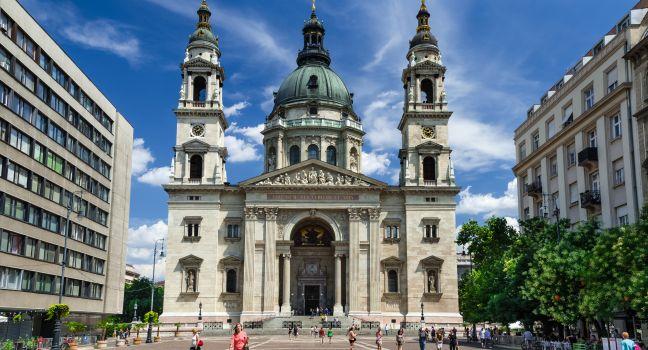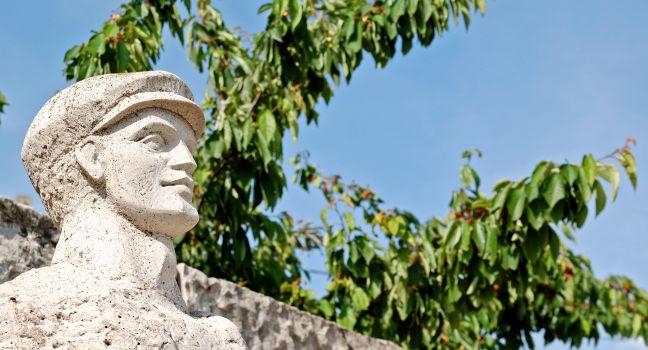Aquincum
This fascinating complex comprises the reconstructed, extremely evocative remains of a Roman settlement dating from the first century AD. Careful excavations have unearthed a varied selection of artifacts and mosaics, providing a tantalizing inkling of what life was like in the provinces of the Roman Empire. A gymnasium and a central heating system have been unearthed, along with the ruins of two baths and a shrine once operated by the mysterious cult of Mithras. The Aquincum múzeum (Aquincum Museum) displays the dig's most notable finds: ceramics; a red-marble sarcophagus showing a triton and flying Eros on one side and on the other, Telesphorus, the angel of death, depicted as a hooded dwarf; and jewelry from a Roman lady's tomb. There are reconstructed Roman board games, interactive video games, and a reconstruction of an ancient Roman musical organ in the basement level. The museum also manages the Thermae Maiores or 'Great Bath' complex as part of the Roman Baths Museum, an ancient spa now incongruously located in a pedestrian underpass by Flórián tér station. It's free to visit.





